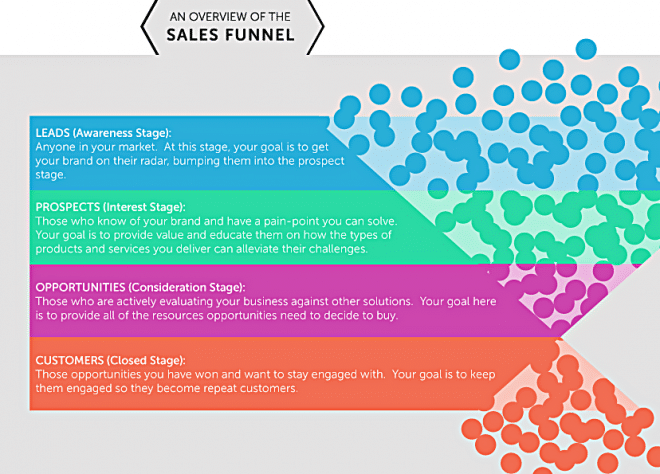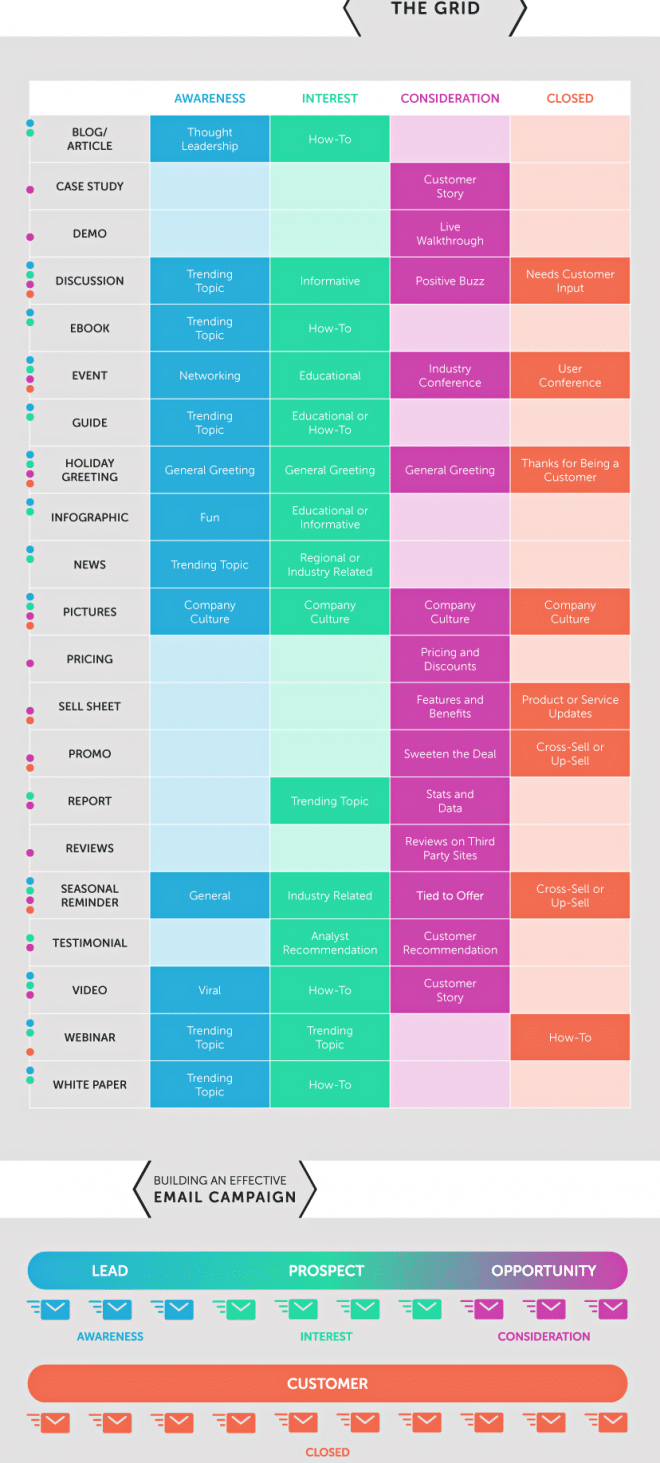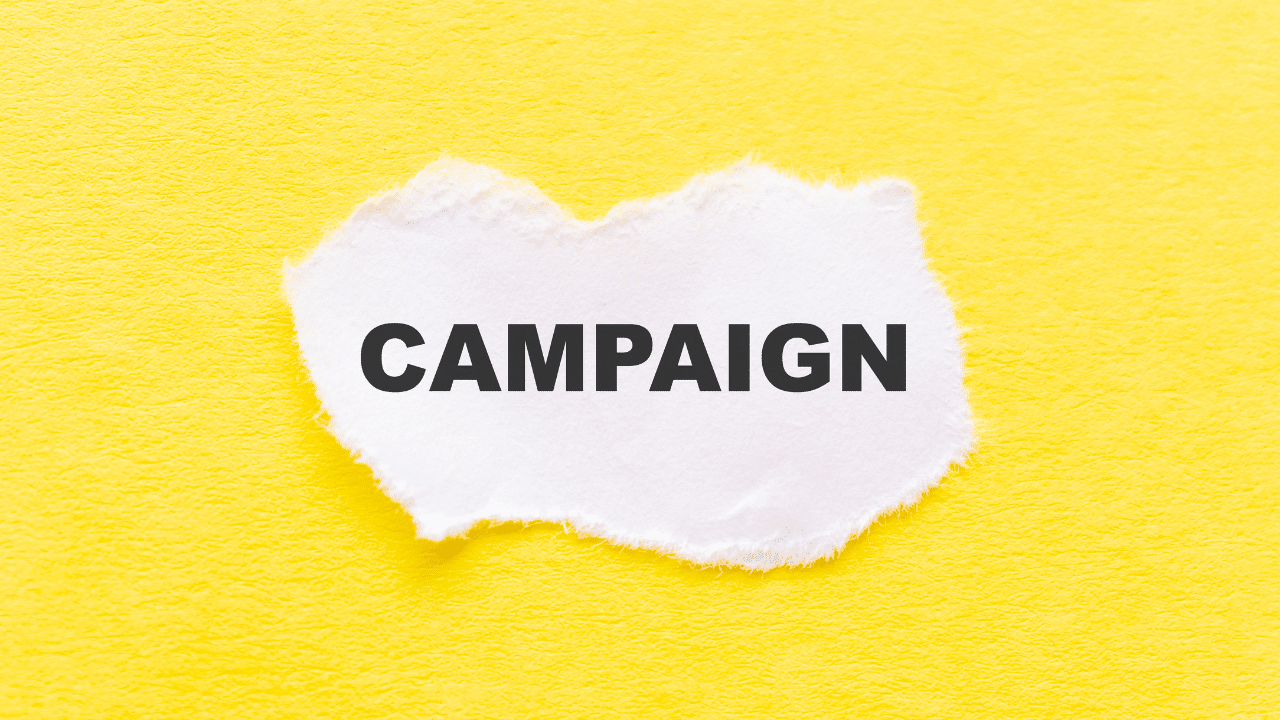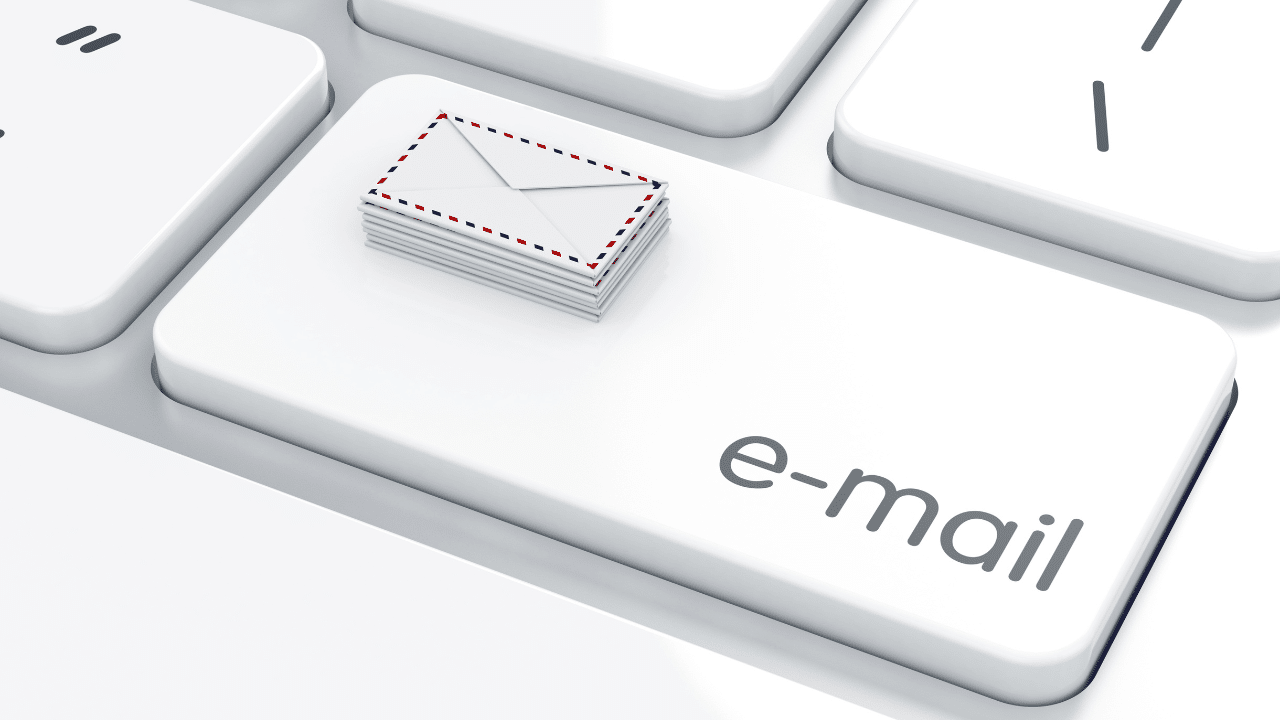
Email marketing campaigns are a key tool for businesses to connect with potential and existing customers. Enhancing email conversion rates should be a primary focus, as a successful campaign builds better relationships with contacts and significantly impacts your marketing efforts’ overall effectiveness. In fact, email is one of the most effective forms of marketing for your business, generating an astonishing 4,300 percent ROI.
A well-executed email campaign can create a very positive feedback loop from returning customers, improving your email conversion rate by turning interested prospects into loyal buyers. On the other hand, a poorly managed campaign can have the opposite effect, pushing potential customers away and negatively affecting your conversion rates.
How to Elevate Your Email Conversion Rates
So, how do you create an effective email campaign that boosts your email conversion rate and turns fresh leads into die-hard fans of your business?
The key lies in adopting a strategic approach focused on personalization, relevance, and engagement. By focusing on personalized, relevant content, and engaging designs, and by continuously testing and optimizing your approach based on performance metrics, you can significantly enhance your email conversion rates.
This strategic foundation paves the way for specific tactics that can be employed to achieve remarkable success in your marketing efforts.
Let’s explore these tactics in detail:
Strike a Chord with Your Audience
Your prospects and customers have thousands of emails in their inboxes. In fact, an email statistics report from The Radicati Group estimates that by 2018, users will receive an average of 140 emails per day.
To cut through the noise, you’ve got to be hyper-focused on your ideal buyer. If you haven’t created a buyer persona for your ideal buyer yet, you’re already letting interest slip away.
Getting to know your ideal buyer intimately will help you tune in to the topics the resonate the most with your audience. Uncover those issues that keep them up at night, and develop content that solves them. Put your audience’s agenda first to get their attention in a crowded inbox.
Get the Timing Right
Now that you’ve got their attention, how do you turn that interest into sales?
Not every contact on your email list is ready for a sales pitch. At the same time, if you never ask for the sale, you’ll never get it.
Effective email campaigns take contacts on a journey – raising general awareness of your business, generating interest in your products and solutions, converting sales opportunities into customers, and instilling loyalty that creates repeat business.
The content grid infographic below, from small business CRM provider, Hatchbuck, helps explain how to strategically release content to contacts based on the stage of the sales funnel they’re in:

For instance, a contact in the “Awareness” stage isn’t ready for a detailed pricing sheet. Instead, send them a helpful how-to guide on a topic of interest to establish trust and brand awareness.

Begin your email campaign for contacts in the awareness stage with articles, videos and discussions around trending topics to get their attention and provide value.
As your email campaign progresses, you can add content that drives contacts closer to the sale. For instance, send a link to a webinar, or an article on how one of your customers solved a problem with your product. Finally, ask for the sale with a promo or offer.
Let Contacts Choose Their Own Path
Email campaigns are a great opportunity to learn more about your contacts. As they open your emails, click links, and head back to your website, you can hone in on what’s most relevant to them.
You may start new contacts on a general email campaign, but as they clue you in to their interests, you can dynamically adapt your strategy, stop a general campaign, and direct them towards content that aligns more closely with their specific interests or industry needs, enhancing personalization.
For example, if you manufacture train parts, you might have a general campaign that drives contacts back to your website. Once a contact visits your “Passenger Train Parts” page, leveraging this insight, you stop the general campaign and start it on a campaign focusing on passenger trains to engage them with more targeted, relevant information rather than freight trains.
Pro Tip: Many email marketing tools contain drip functionality, meaning they can send a sequence of emails over time. But, if you want to have more control over gathering data and segmenting your contacts, you may want to look into marketing automation.

Calibrate Email Frequency
Building business relationships is a bit like dating. Come on too strong, and you seem desperate, which is a total turnoff to prospects. So, even though you just met an awesome new lead who gives you butterflies when you think about the huge deal you’re going to land with them, resist the urge to send a barrage of emails. Patience and strategic engagement are key to cultivating a positive perception and interest.
Instead, step back and examine your sales cycle. How long does it typically take for your leads to make a buying decision? If your sales cycle is only 60 days, you might email more frequently–like once a week.
That being said, if your sales cycle is closer to 12 months, you might want to lay off the gas a bit and email once a month to avoid email fatigue. Adjusting your approach based on the length of your sales cycle and the specific preferences of your leads can significantly enhance the effectiveness of your email marketing efforts.
Optimize, Test, Repeat
Finally, when it comes to optimizing your email marketing campaigns for conversion, testing is your best tool. Monitoring your email open rates, your click-through rates, and your conversions can help you gauge where you’re being successful and where you can improve. Refining and continuously adapting your strategy based on data-driven insights is vital.
A/B test to optimize individual emails. Test changing up the frequency of a campaign. And test the types of emails you send in your campaigns. Consider experimenting with different subject lines, email content, and call-to-action buttons to see what resonates most with your audience.
With the right email campaign recipe and by employing a cycle of optimization, testing, and refinement, you’ll be able to make the most out of every lead you capture. This approach ensures that you’re nurturing every new relationship with email effectively, turning more of them into paying customers.
| Key Point | Description |
|---|---|
| Know Your Ideal Buyer | Create a buyer persona to understand your ideal customer and their interests. Tailor your content to address their needs. |
| Focus on Audience’s Concerns | Identify the topics and issues that matter most to your audience. Provide solutions that address their pain points. |
| Timing Matters | Progressively guide contacts through the sales funnel, starting with awareness and gradually moving towards a sale. |
| Personalized Content | Tailor content based on the stage of the sales funnel. Provide valuable and relevant information to build trust. |
| Let Contacts Self-Direct | Allow contacts to indicate their interests by their actions. Customize email campaigns based on their engagement. |
| Calibrate Email Frequency | Adjust email frequency based on your sales cycle to avoid overwhelming contacts. |
| Test and Optimize | Continuously monitor email metrics and conduct A/B testing to improve campaign effectiveness. |

Enhancing Email Marketing Effectiveness: Key Tactics
Achieving success in email marketing requires a combination of strategies and tactics. Here are key tactics to elevate the effectiveness of your email campaigns:
- Personalization: Tailor your emails to individual recipients by incorporating their names and segmenting your list based on demographics, behaviors, or preferences. Personalized emails garner higher engagement rates.
- Compelling Subject Lines: Craft attention-grabbing subject lines that pique curiosity and encourage recipients to open your emails. Experiment with emojis, questions, or urgency to make your subject lines stand out.
- Visual Appeal: Use eye-catching visuals, such as images or videos, to enhance the visual appeal of your emails. Well-designed emails with compelling visuals are more likely to capture and retain recipients’ attention.
- Clear Call-to-Action (CTA): Include clear and actionable CTAs that guide recipients on the desired next steps. Whether it’s making a purchase, signing up, or downloading content, a well-placed CTA drives conversions.
- Testing and Optimization: Continuously test different elements of your emails, such as subject lines, content, CTA buttons, and visuals. A/B testing helps you refine your approach based on performance data.
- Responsive Design: Ensure your emails are mobile-friendly, as a significant portion of recipients view emails on mobile devices. Responsive design improves the user experience and readability.
- Automation: Implement automation for tasks like welcome emails, follow-ups, and abandoned cart reminders. Automation saves time and ensures timely responses to customer actions, enhancing engagement.
- Segmentation: Divide your email list into segments based on various criteria, such as purchase history, engagement level, or location. Targeted messaging to each segment increases relevance and engagement.
- Monitoring and Analytics: Regularly monitor email campaign metrics like open rates, click-through rates, and conversion rates. Use these insights to refine your future campaigns and identify areas for improvement.
- Compliance: Prioritize email compliance by adhering to data protection regulations, including GDPR or CCPA. Respect subscribers’ preferences, include clear unsubscribe options, and maintain data security.
- Integration: Integrate your email marketing platform with other tools like CRM systems or e-commerce platforms for seamless data management and campaign coordination.

Enhancing Email Marketing ROI: Advanced Strategies
To take your email marketing ROI to the next level, consider implementing these advanced strategies:
- Behavioral Targeting: Use recipient behavior data, such as email opens, clicks, and website visits, to tailor your emails. Send personalized recommendations and content based on their past interactions with your brand.
- Predictive Analytics: Leverage predictive analytics to anticipate customer needs and preferences. By analyzing historical data, you can send emails that align with individual buying patterns and preferences.
- Dynamic Content: Implement dynamic content in your emails to customize the content based on recipient data. This allows you to deliver highly relevant content to each recipient, increasing engagement and conversions.
- Advanced Segmentation: Go beyond basic segmentation by creating highly specific segments based on detailed criteria. Consider factors like purchase history, product preferences, and engagement frequency.
- Multi-Channel Integration: Integrate your email marketing efforts with other marketing channels, such as social media and SMS marketing. Create cohesive and synchronized campaigns that reach customers through various touchpoints.
- Predictive Lead Scoring: Use predictive lead scoring models to identify leads with the highest conversion potential. Prioritize your outreach efforts on leads that are more likely to convert into paying customers.
- Behavioral Triggers: Set up behavioral triggers that automatically send emails based on specific actions, like abandoned carts or website visits. These triggered emails provide timely and relevant content.
- Advanced Testing: Conduct in-depth testing beyond A/B testing. Experiment with multivariate testing to assess multiple variables simultaneously, refining your email elements for optimal performance.
- Lifecycle Marketing: Develop comprehensive lifecycle marketing campaigns that cater to customers at every stage of their journey, from awareness to loyalty. Nurture leads and retain customers effectively.
- AI-Powered Personalization: Utilize artificial intelligence (AI) and machine learning to enhance personalization. AI can analyze vast amounts of data to deliver hyper-personalized content and product recommendations.
- Content Mapping: Map out your email content to align with the customer journey. Ensure that your emails provide valuable information and solutions at each touchpoint in the buyer’s journey.
| Advanced Strategy | Description |
|---|---|
| Behavioral Targeting | Personalize emails based on recipient behavior, including opens, clicks, and website visits. Offer recommendations and tailored content. |
| Predictive Analytics | Use historical data and predictive analytics to anticipate customer needs. Send emails aligned with individual buying patterns and preferences. |
| Dynamic Content | Implement dynamic content in emails to customize content based on recipient data, delivering highly relevant content and increasing engagement. |
| Advanced Segmentation | Create highly specific segments beyond basic criteria, considering purchase history, product preferences, and engagement frequency. |
| Multi-Channel Integration | Integrate email marketing with other channels like social media and SMS for synchronized campaigns reaching customers through various touchpoints. |
| Predictive Lead Scoring | Use predictive lead scoring to identify high-conversion potential leads and prioritize outreach efforts towards likely paying customers. |
| Behavioral Triggers | Set up automated behavioral triggers for emails, based on actions like abandoned carts or website visits, delivering timely and relevant content. |
| Advanced Testing | Conduct multivariate testing to assess multiple variables simultaneously, optimizing email elements beyond traditional A/B testing. |
| Lifecycle Marketing | Develop comprehensive lifecycle marketing campaigns catering to customers at every stage, from awareness to loyalty, and effectively nurturing leads. |
| AI-Powered Personalization | Utilize AI and machine learning for hyper-personalized content and product recommendations by analyzing extensive customer data. |
| Content Mapping | Align email content with the customer journey, providing valuable information and solutions at each touchpoint in the buyer’s journey. |
Conclusion
Email marketing remains a business powerhouse, offering unparalleled potential for building connections and driving ROI. However, the success of email campaigns hinges on careful strategy, precision, and adaptability. You can turn leads into loyal brand supporters by striking a chord with your audience, perfecting the timing, allowing contacts to choose their path, calibrating email frequency, and continuously optimizing.
Remember, email marketing is not a one-size-fits-all endeavor. It’s a dynamic process that requires constant refinement, segmentation, and personalization. To stay at the forefront of the industry, embrace advanced strategies like behavioral targeting, predictive analytics, and multi-channel integration.
With the right approach, email marketing can be a game-changer for your business, fostering lasting relationships and delivering a remarkable return on investment. So, invest time and effort into crafting email campaigns that resonate with your audience and watch as your fresh leads transform into devoted advocates of your brand.
Mobile Typing Photo via Shutterstock
This article, “Proven Secrets to Elevating Your Email Conversion Rate” was first published on Small Business Trends